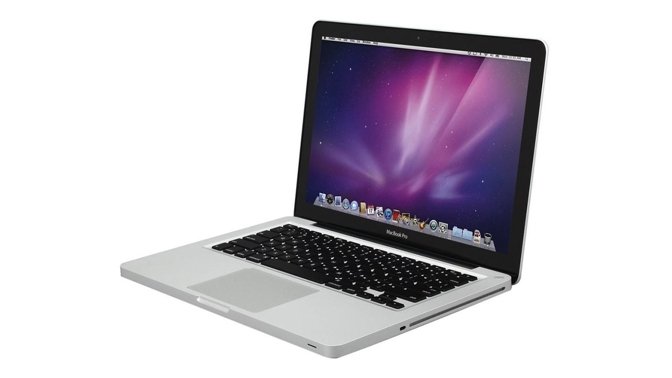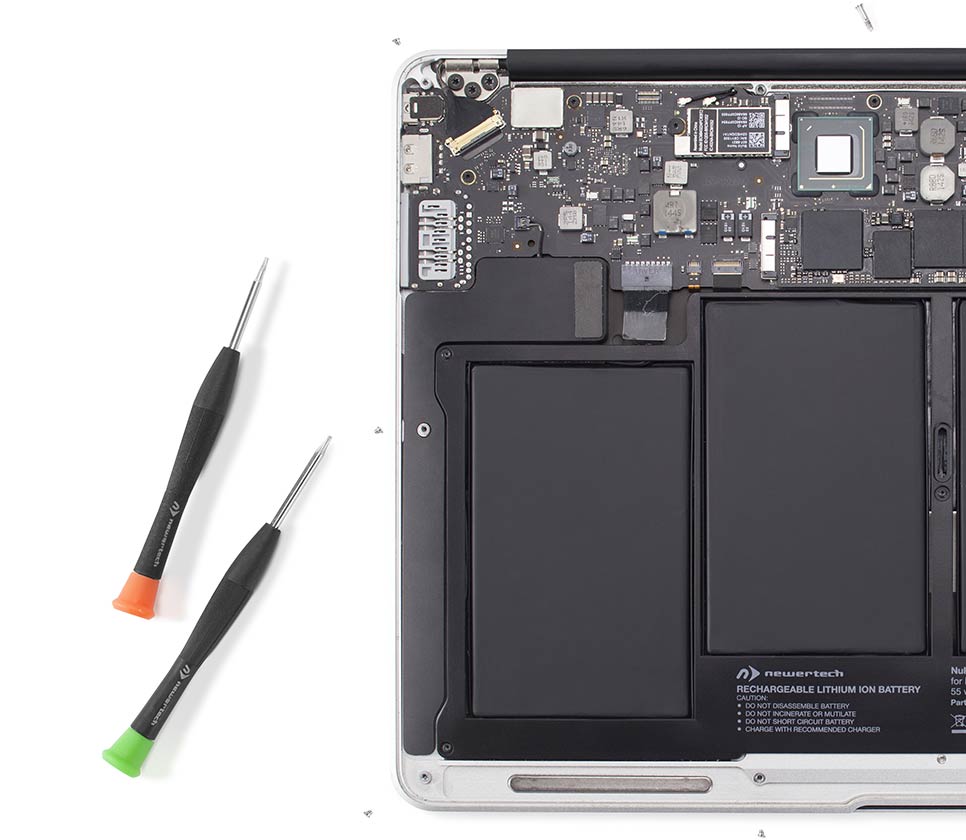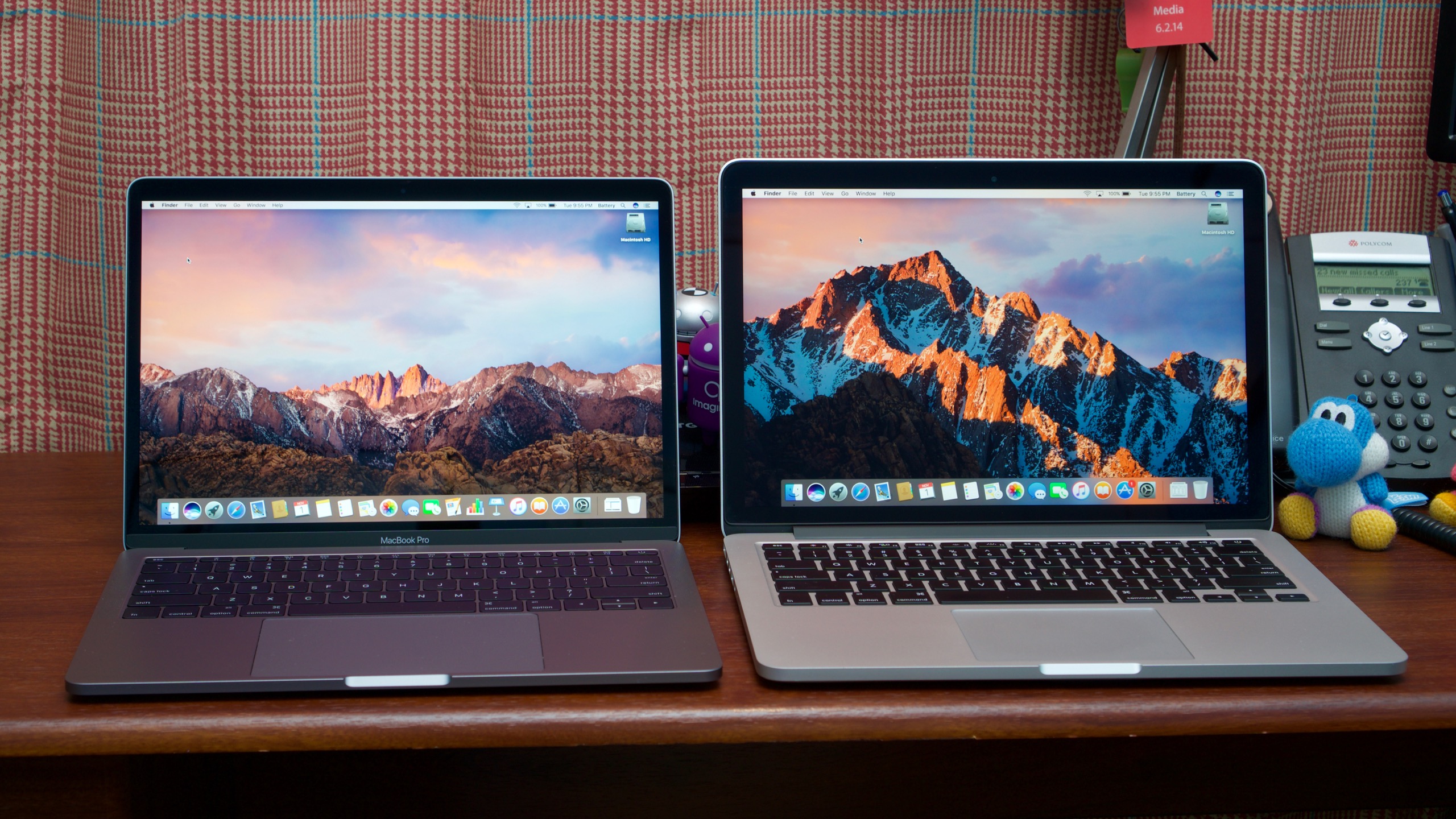

Putting RAM in this MacBook Pro model is not trivial, but at least the RAM isn't soldered to the motherboard as it is with MacBook Airs and Retina MacBook Pros, so you can can upgrade it if you want to. You can bump it up to 16 GB using aftermarket RAM from third-party resellers. The standard MacBook Pro is the also only Mac laptop you can get that has user-upgradeable RAM. So, it's heavier, bigger, and slower than the Retina MacBook Pro. The standard MacBook Pro is also the only Mac left that packs an internal CD/DVD "SuperDrive." If you need one for any other Mac, you have to buy an external SuperDrive for another $80. IFixit promises that it will share more details from its MacBook Pro teardown over the coming days.$1,099 gets you 4 GB of RAM and a 500 GB hard disk drive, making the MacBook Pro the only Mac laptop left with an internal hard disk drive (the MacBook Air and Retina MacBook Pro use much faster, more durable solid state storage instead). While some more digging and testing will be required to know what exactly this means, iFixit says that the change means the new MacBook Pro has the first battery design that is “reasonable” for do-it-yourself replacements since 2012. Not entirely! We removed the trackpad and, lo and behold, there are cut-outs to access the pull tabs that hold the middle battery cells in place.

But wait, we don’t see any pull tabs on the middle cells. The four outer battery cells have easily-noticeable pull tabs, which are the typical thin white strips we know and love from the iPhone and MacBook Air.

That could mean battery swaps without removing all the brains first-a procedure we’ve been dreaming about for a while. But as we peer into the guts, we notice something we haven’t seen in a long time in a MacBook Pro, three words that make our hair stand on end: battery pull tabs.Įven better, it appears the battery isn’t trapped under the logic board. Normally we get to the battery last because, well, they suck to remove. This year, however, Apple has at least partially reversed this decision with new “battery pull tabs.”

IFixit explains that Apple began gluing the MacBook Pro’s battery to the top case of the device with the introduction of the first Retina MacBook Pro in 2012. In a teaser posted today, iFixit says that the new MacBook Pro has the “first reasonably DIY-friendly battery replacement procedure since 2012.” Following yesterday’s release of the new 14-inch and 16-inch MacBook Pro models, the folks at iFixit have shared an early look at their teardown of the new machines.


 0 kommentar(er)
0 kommentar(er)
